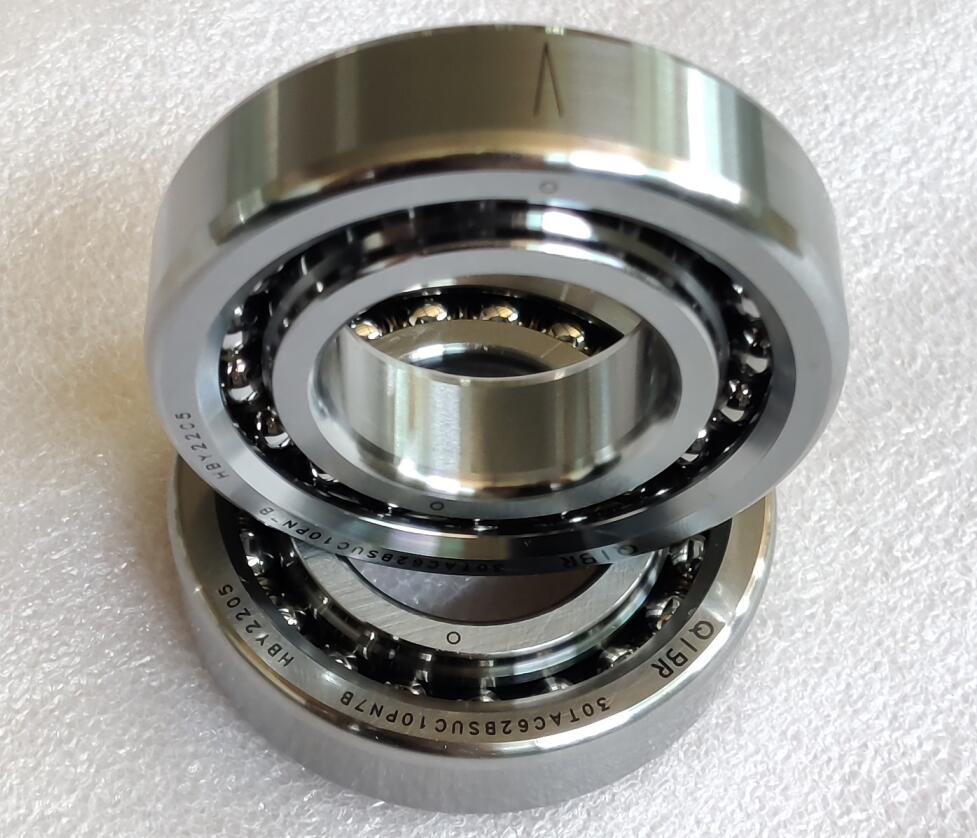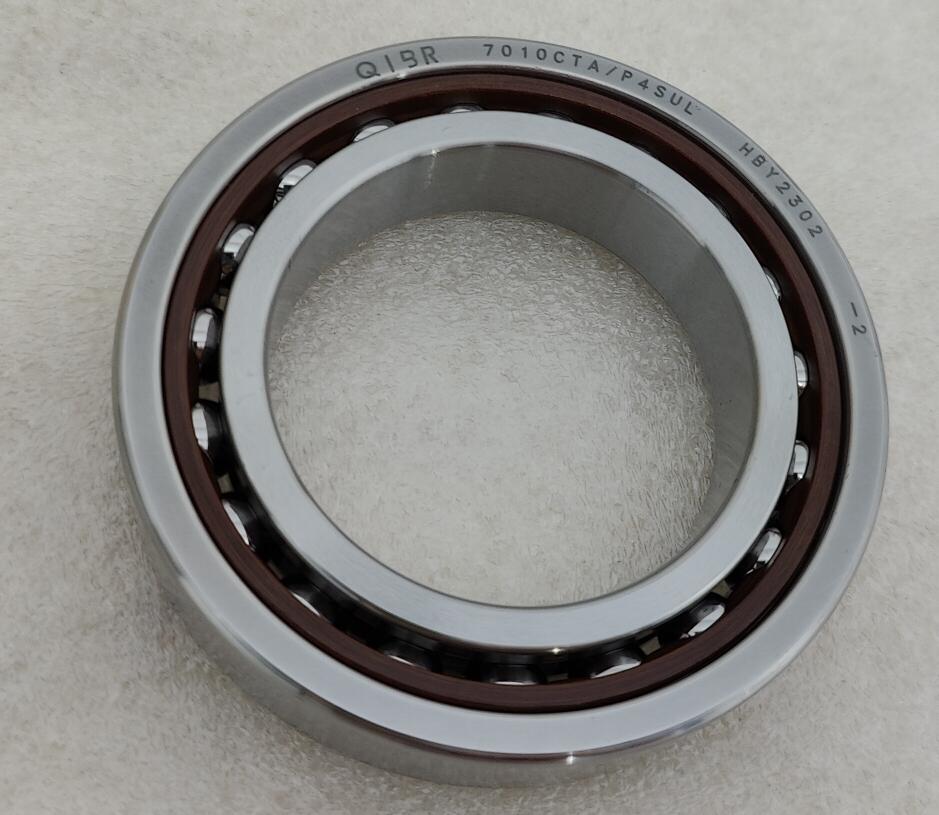Newsroom
Why does high speed spindle bearing fail and how to deal with the failure?
2018-01-16In precision machining equipment, it is essential to equip the spindle with suitable spindle bearings during high-speed operation to maintain rotational precision and machining accuracy. This means that if the high-speed spindle bearings fail, it can cause issues with the entire equipment's operation, leading to unnecessary losses. So, what are the causes of high-speed spindle bearing failure?

Why do high-speed spindle bearings fail?
1. Improper bearing installation
For high-speed spindle bearings to fully exhibit their high precision and high-speed capabilities, they must be installed strictly according to specified standards. Issues like insufficient concentricity between the bearing and housing, improper interference fit, or improper use of installation tools can affect the bearing's operating condition, resulting in abnormal wear and damage.

2. Bearing overload
High-speed spindle bearings have design limits regarding speed and load capacity. If the load or speed exceeds the bearing's rated capacity, the contact pressure between the rolling elements and the raceways increases significantly. This causes the stress between them to exceed the material's limits, leading to permanent deformation or even fracture, causing premature bearing failure.
3. Material fatigue and aging
After long periods of operation, material fatigue and aging are inevitable, especially under conditions of high load and high speed. The rolling elements and raceways are subjected to frequent impacts and contact pressure, which, over time, can cause surface spalling, cracks, and pitting, leading to a decline in bearing performance and eventual failure.
4. Improper lubrication
Lubrication problems are one of the most common causes of high-speed spindle bearing failure. Effective lubrication forms a thin film between the rolling elements and raceways, reducing friction and wear. If lubrication is insufficient, uneven, or if the lubricant quality is poor, it can cause excessive heat generation, leading to material softening or deformation, resulting in bearing failure.
How to deal with high-speed spindle bearing failure?
1. Inspect the high-speed bearings to determine the cause of the failure and address the specific issue. If it’s a lubrication problem, replace the lubricant with one that meets quality standards to ensure proper lubrication. If it’s an installation issue, improve the installation method.
2. Select the appropriate high-speed spindle bearing model by checking the type and specifications of the previously used bearings, and then procure new bearings from reliable manufacturers. Only by ensuring the quality of the bearings can you extend their service life.
3. Replace the high-speed spindle bearings and have them installed by experienced technical engineers. Factors such as bearing clearance, preload, and installation position must all meet the equipment's operational requirements.
For more information about spindle bearings, feel free to contact QIBR.


